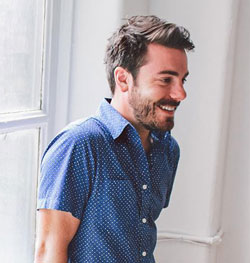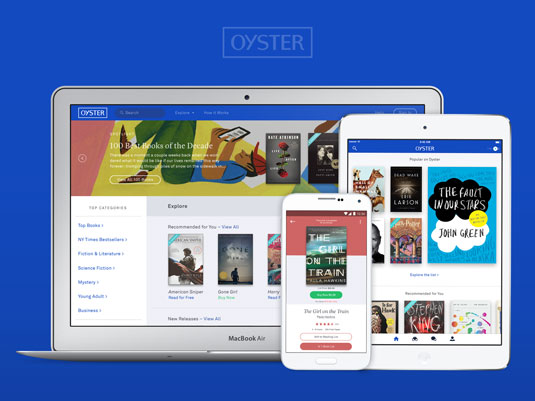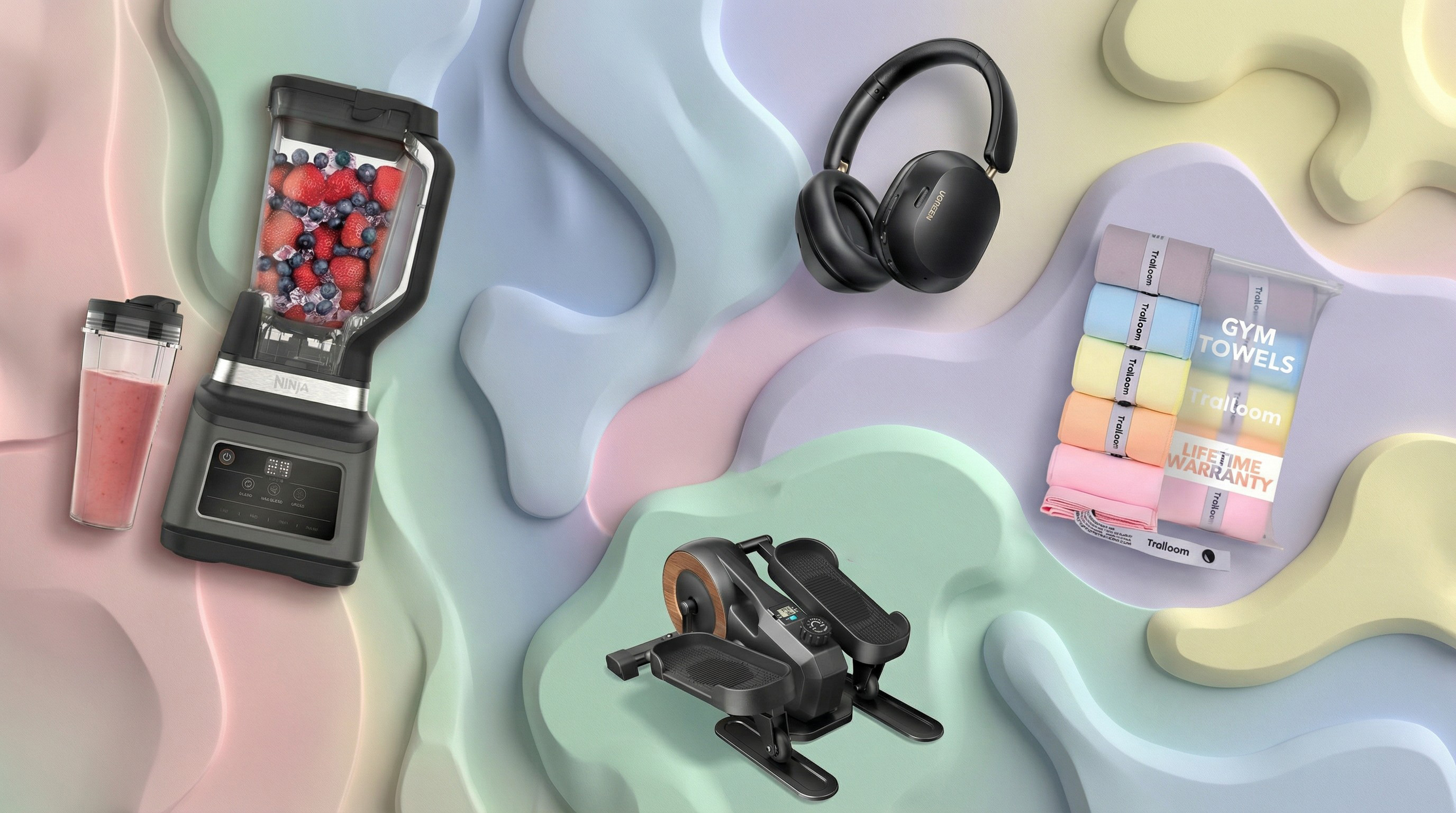4 tips for dealing with non-designers
They don't understand what you do. But you still have to work with them. Oyster's Willem Van Lancker offers some pointers.

From tech startups to large corporations, more and more designers are working in-house.
But while this work environment can sometimes be very similar to that of a design firm (particularly at larger organizations with big design teams), many of us who move in-house have found ourselves on much smaller design teams than we were previously accustomed to.
This doesn't mean that design isn't important at those larger companies – it simply means that many designers are working much more closely with non-designers every day.
This environment – where almost everyone is an expert in a particular area – is very different than what most designers have previously experienced.
When I started ebooks company Oyster in 2012 with my two co-founders (both non-designers), we knew that design would be a cornerstone of our company and its ethos, also that our team would include a balance of people with all kinds of different backgrounds and areas of expertise – ranging from data science and machine learning to publishing and editorial.
As a result, our design team has developed a certain mindset (and some strong opinions) for working across teams, functions, and personalities. In this article, I'll share four things you need to do to ensure you work effectively with non-designers.
01. Design together from the start
At agencies, after being presented with a brief from a client, designers often do their research collaboratively, but mostly, designers work as a standalone team (with intermittent collaborations with the client).
Daily design news, reviews, how-tos and more, as picked by the editors.
This is rarely the case at a startup. When you're learning new things about your customers all the time and testing constantly, there is rarely a time when you can disappear to work on a project in isolation.
At Oyster, when we start working on new projects, one of the most important steps in the brainstorm phase is to get as many relevant people involved as early as possible, regardless of where they sit in the company. This always involves the broader product team, including engineers, but can also involve people from other teams, like Customer Experience, Marketing, or Analytics.

At the very minimum, this effort can involve insight from the engineering team on how a new project might fit into their existing projects and priorities, or how long developing various aspects of a potential project might take.
We also perform targeted customer testing and analysis to determine whether the feature we're proposing will be valuable to our readers. At the other end of the spectrum, a new product idea at a startup can come from anywhere inside (or outside) of the company.
The concept for Lumin, a feature we launched recently, originated from a member of our Customer Experience team, who heard from a number of our readers that they were concerned about the health implications and eyestrain of exposure to blue light from phones and tablets at night.
She came to us with the idea of doing something to totally change how screen brightness works – so we built a first-of-its-kind feature that adjusts the light coming from the app based on location and time of day.
02. Know when to get away
While all of these perspectives from across a company are critical and can have real benefits, giving everyone a seat at the table can also have its drawbacks. It can be easy to find yourself in an "everybody-has-an-opinion" scenario, which can take up time and leave you more confused than when you started. Input is important – but consensus isn't always the right approach.

What's important to remember is that any impactful new product idea is going to be somewhat disruptive to the business, so some pushback is a good sign. But once you have input from the people you need to hear from, I recommend setting aside some time to just think it through on your own.
This gives you the head space to synthesize the information you've gathered from the team, weigh the pros and cons, and form your own perspective. At that point you can go back for another round of discussions with a well-formed opinion and rationale.
03. Work across design functions
If you're a designer at an agency or a big corporation, you probably identify yourself by your specialty area or the specific kind of work that you do.
You're a product designer, UX expert, graphic designer, branding specialist, etc. You work with other designers in your field, and while you may need buy-in from non-designers, you mostly do your work and then ship it (or at least present it to the client and hope they buy in). I've lived in that world (IDEO, Google, Apple), and it definitely has its benefits.

At Oyster, though, I wear several different hats: Co-founder, Chief Product Officer, Creative Director, covering everything from the features we launch in the Oyster app to the design of the coffee truck we parked outside of a major books conference.
While it would be possible for our design team to try to divide our work along different functional lines, we believe that the ability not to do that is a luxury – and one that has a positive impact on our product and brand.
When the same designer works across product and marketing (and everything in between), it ensures that we see Oyster in a holistic way, and that we carry a consistent brand through everything we do. Plus, it allows us to continue to exercise our design skills in lots of different areas, keeping our work fresh and collaborative.
04. Know all the individuals on your team to capitalize on their strengths
Okay, this last one is not so much a tip for designers in particular, but instead, a general suggestion for anyone working with other human beings: Know the people you work with. Understand what they do. Find ways to collaborate that work for both of you.
When thinking about how to design with non-designers, I find it difficult to separate broadly applicable prescriptions from the way that I personally work with our team at Oyster. Over the past three years, we've discovered the best ways to work together, based on our different strengths and the different ways that we give and receive input.

For example, while our iOS engineers aren't familiar with the jargon you learn in design school, their instincts and expertise are spot on. They know our iOS app (and countless other iOS apps) inside and out, so their perspectives on design are invaluable.
Everything from interaction design best-practices to design patterns native to the OS, they are often the experts in the room. The key is to be able to let go of the insider-baseball way of discussing design and just talk about the issues at hand in a language everyone understands.
Conclusion
As we move into a world where titles and distinctions hold less and less meaning, and the line between design and the rest of a business becomes more and more blurred, the ability to work creatively and effectively on teams with non-designers is increasingly important.
We could spend our time lamenting this trend as taking something away from design, I prefer to see it as opening up a grand new future for our work.
When we take design and design thinking out of the studio and build it into the foundations of our businesses, it's better, not only for designers who have more opportunities to make a significant impact on their companies, but also for the consumers who use our products every single day.
Words: Willem Van Lancker
Willem Van Lancker is co-founder and chief product officer of ebooks company Oyster. Named one of Forbes Magazine's 30 Under 30 in 2015, he helped create Apple's emoji while an intern at the company.
Liked this? Try these...

The Creative Bloq team is made up of a group of art and design enthusiasts, and has changed and evolved since Creative Bloq began back in 2012. The current website team consists of eight full-time members of staff: Editor Georgia Coggan, Deputy Editor Rosie Hilder, Ecommerce Editor Beren Neale, Senior News Editor Daniel Piper, Editor, Digital Art and 3D Ian Dean, Tech Reviews Editor Erlingur Einarsson, Ecommerce Writer Beth Nicholls and Staff Writer Natalie Fear, as well as a roster of freelancers from around the world. The ImagineFX magazine team also pitch in, ensuring that content from leading digital art publication ImagineFX is represented on Creative Bloq.
